5. Heaven’s Gate (Michael Cimino, 1980)
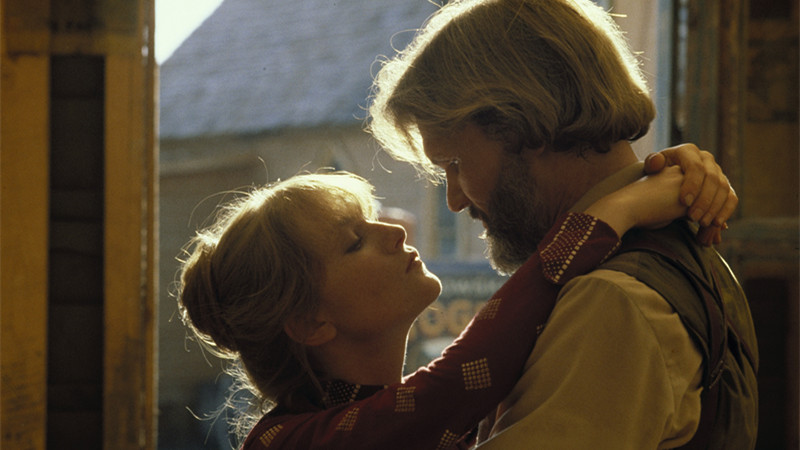
The film responsible for the collapse of a studio (United Artists) and, by many scholars’ appraisals, the end of the “auteur” era of American mainstream filmmaking, Michael Cimino’s “Heaven’s Gate” was torn apart by critics after a legendarily troubled production process.
Cimino rushed to deliver any cut of the film in time for the premiere, resulting in a five-hour 25-minute version of “Heaven’s Gate” that few people have seen to this day. A host of other cuts were released since, with Cimino electing a three-hour 36-minute version made available in 2012 as the closest to his original vision.
As expected for a film with so much controversy surrounding it, critics needed some time before warming up to “Heaven’s Gate,” a sprawling western epic that has Cimino’s signature ambition all over it. Watched today, it works surprisingly well on many levels, gaining special relevance for the way it openly debates immigration and the American experience.
To put it very simply, “Heaven’s Gate” tells of the conflict between wealthy cattle owners and foreign farmers, mediated by the local sheriff (Kris Kristofferson), in small-town Wyoming at the end of the 19th century.
4. Grindhouse (Robert Rodriguez & Quentin Tarantino, 2007)
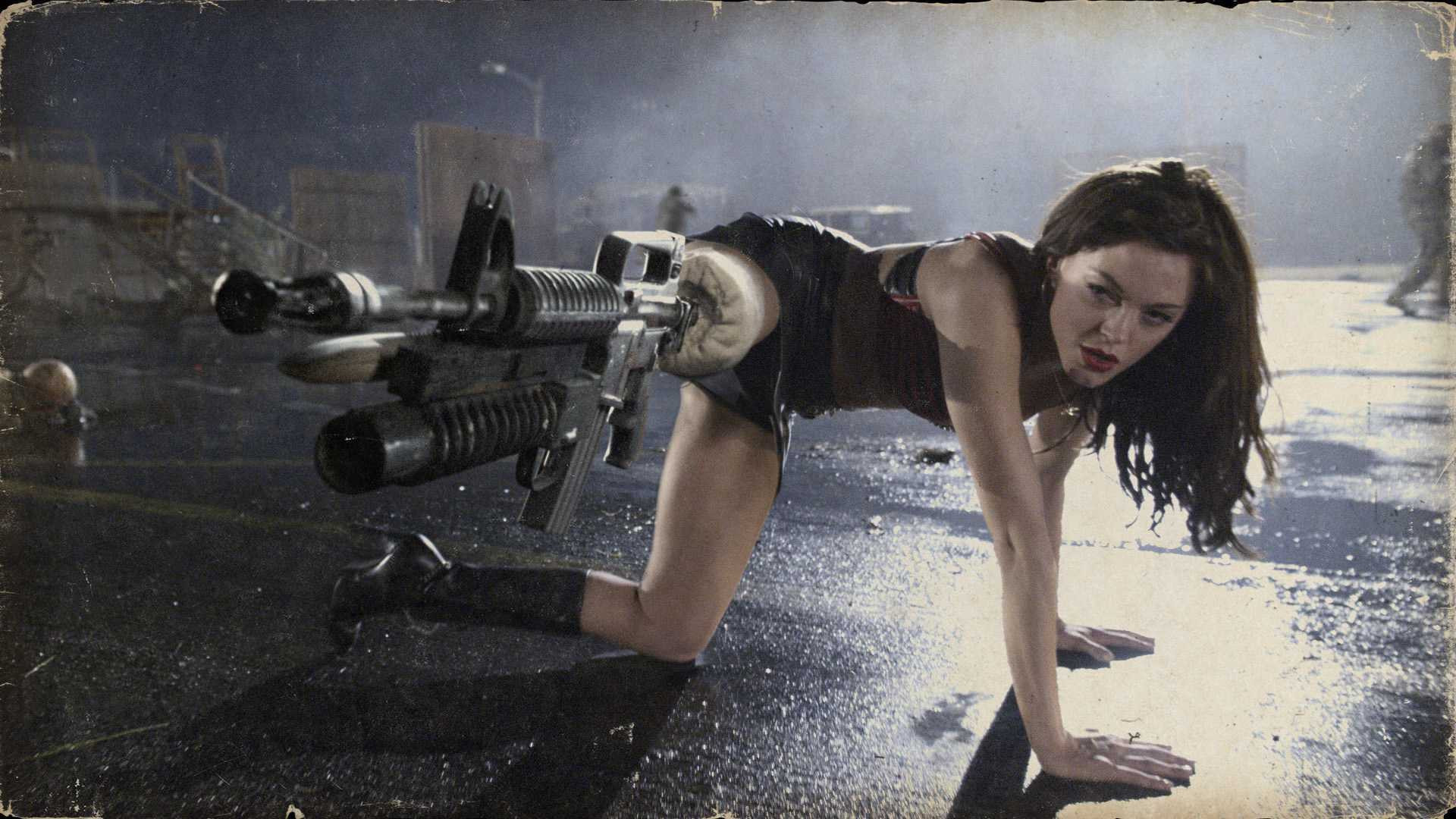
Robert Rodriguez and Quentin Tarantino never really thought that “Grindhouse” would be a box office phenomenon – after all, it is a three-hour homage to exploitation films presented as a double feature and with faux trailers between them.
“Grindhouse” really wasn’t a hit with the public, and the segment structure of the film also turned off a lot of critics, resulting in a lukewarm reception all around. Later, Rodriguez’s zombie romp “Planet Terror” and Tarantino’s slasher “Death Proof” were re-released separately, but the best way to watch them is still together.
While both films are almost instantly recognizable as works of their respective directors (to be fair, they both have tremendously distinctive styles), there’s a transportative magic to watching them as a double feature, with the added pleasure of the absurd little segments directed by Eli Roth, Rob Zombie and Edgar Wright in between them. A horror delight with the signature touches of two of the most unique filmmakers of their generations, “Grindhouse” deserves to be rediscovered in the format it was originally intended.
3. Cloud Atlas (The Wachowskis & Tom Tykwer, 2012)
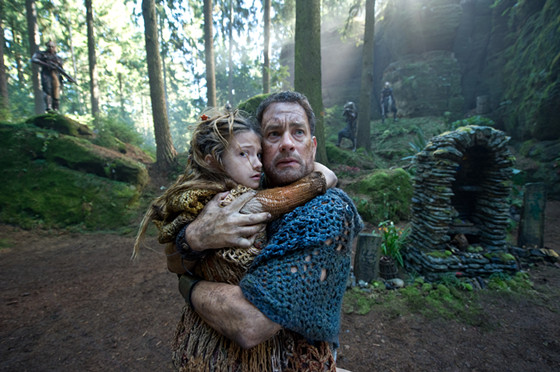
Maybe you had a problem with the sketchy makeup job, or maybe you just found it too damn confusing, but at only six years old, “Cloud Atlas” is already a film screaming for a critical reevaluation.
The Wachowski sisters and Tom Tykwer use every cinematic resource at their disposal to make the stories originally told in David Mitchell’s much-loved book more colorful, more meaningful, and more connected. Stupendously edited as it jumps from story to story, from time period to time period, “Cloud Atlas” also has a brilliant set design and solid performances by Jim Broadbent, Doona Bae, Ben Whishaw and Halle Berry.
“Cloud Atlas” intercuts between six stories connected by tiny details and pieces of memorabilia left behind, all of them performed by the same basic group of actors. From a 1894 treacherous high-seas journey to a post-apocalyptic tribal society, they all reflect on universal themes like the power of love, empathy, and interpersonal connection. “Cloud Atlas” touches on delicate subjects like challenge of authority, oppression, and the nature of religious belief with admirable ingenuity and idealism.
2. Hugo (Martin Scorsese, 2011)
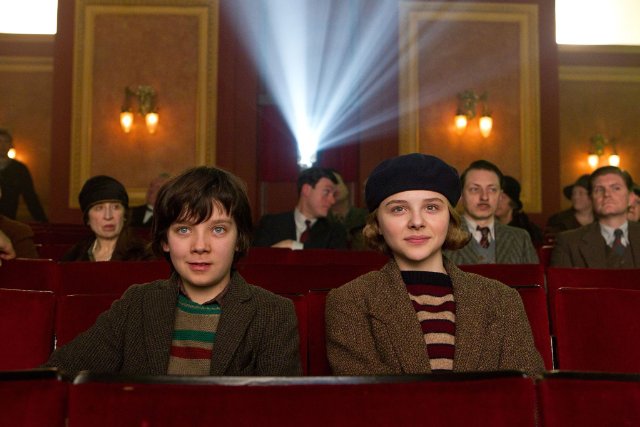
Martin Scorsese’s impressive, adventurous epic based on Brian Selznick’s novel did well with critics, as his films tend to do, and even won five Oscars, and was nominated for six more, but it flunked hard at the box office.
And before you say that’s not important, “Hugo” was a huge financial gamble for Paramount, with a budget exceeding $150 million, so when it failed to even cover that cost at the box office, the studio was definitely not pleased. “Hugo” is a great film, and most decisively an ambitious one, with extravagantly conceived visuals and a growing-up story that doubles as a big homage to the origins of cinema.
Ben Kingsley plays a version of George Melies, the legendary director of “Voyage dans la Lune” and many other pioneering films, as an old shopkeeper that the titular character (a great Asa Butterfield) meets during his adventures through the lavish train station that he lives in since his father’s death.
Add an ensemble cast that includes Chloe Grace Moretz, Emily Mortimer, Sacha Baron Cohen, Christopher Lee, Helen McCrory, Michael Stuhlbarg, Frances de la Tour, Richard Griffiths and Jude Law, and you have a delightful movie on your hands.
1. Children of Men (Alfonso Cuarón, 2006)
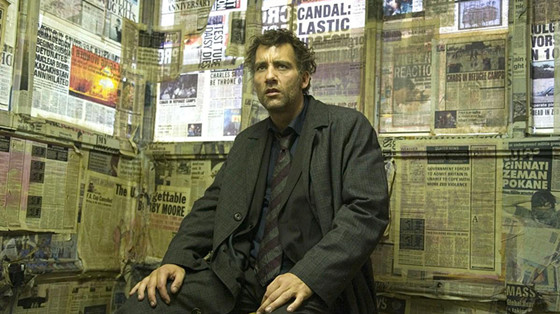
Critics rightly raved about Alfonso Cuarón’s sci-fi epic “Children of Men,” a film ahead of its time in many ways, but audiences and award voters alike didn’t care much for it. Loosely adapted from a P.D. James novel, the film tells of Theo Faron (Clive Owen), a man adrift in a near-future United Kingdom plagued by infertility, in which the youngest person alive is 18. Cuarón’s unflinching camera portrays the harrowing journey Theo and a few cohorts go through to protect the first woman to appear pregnant in a long while.
While James’ novel delved into the details of this dystopia more than the movie does, “Children of Men” gains a kind of primordial punch from Cuarón. His gritty, messy, and hopeless for the future seizes upon very familiar imagery from our present, which makes it even more terrifying. As the years go on, “Children of Men” only seems more urgent, more important, and more prescient.